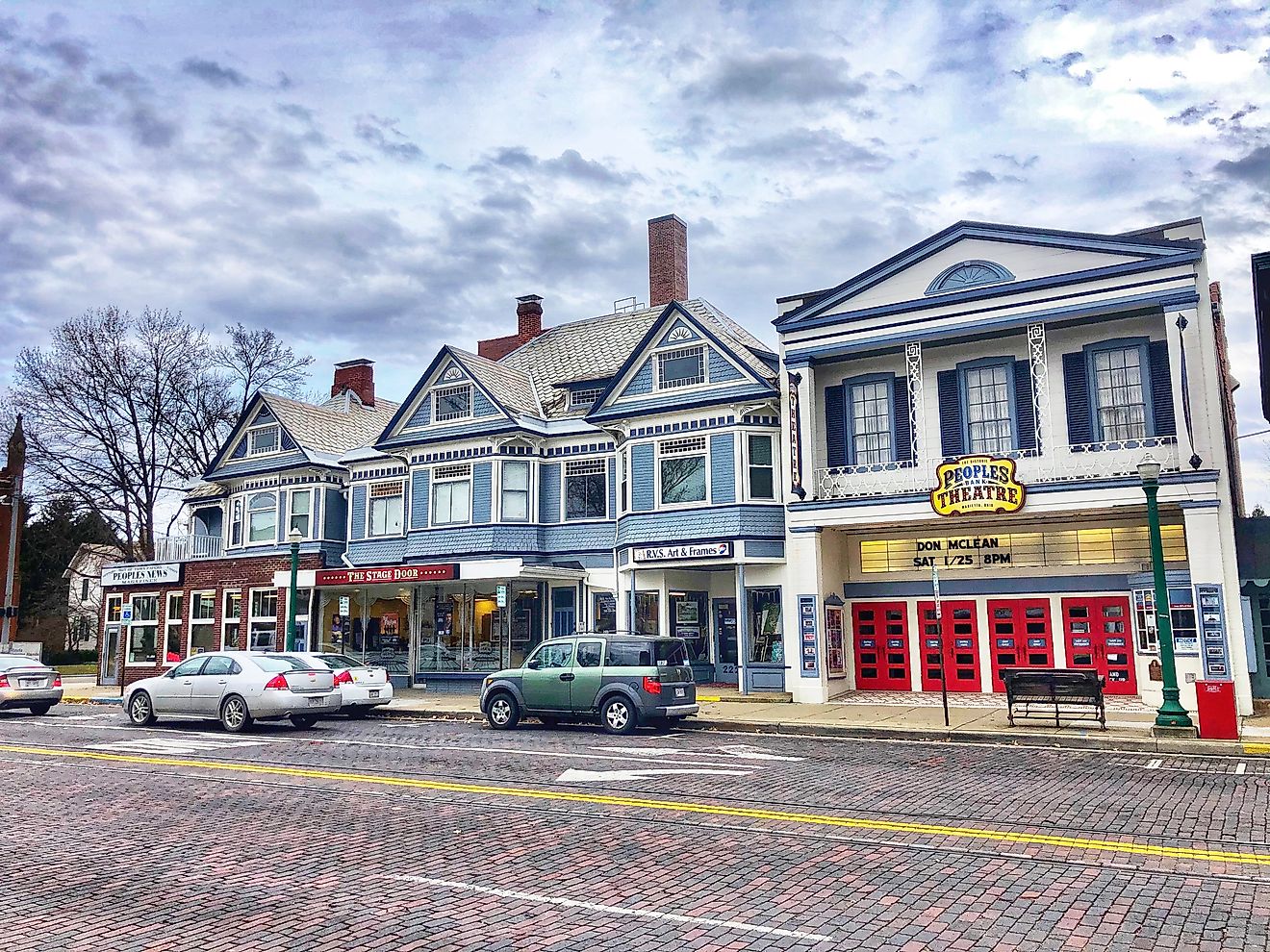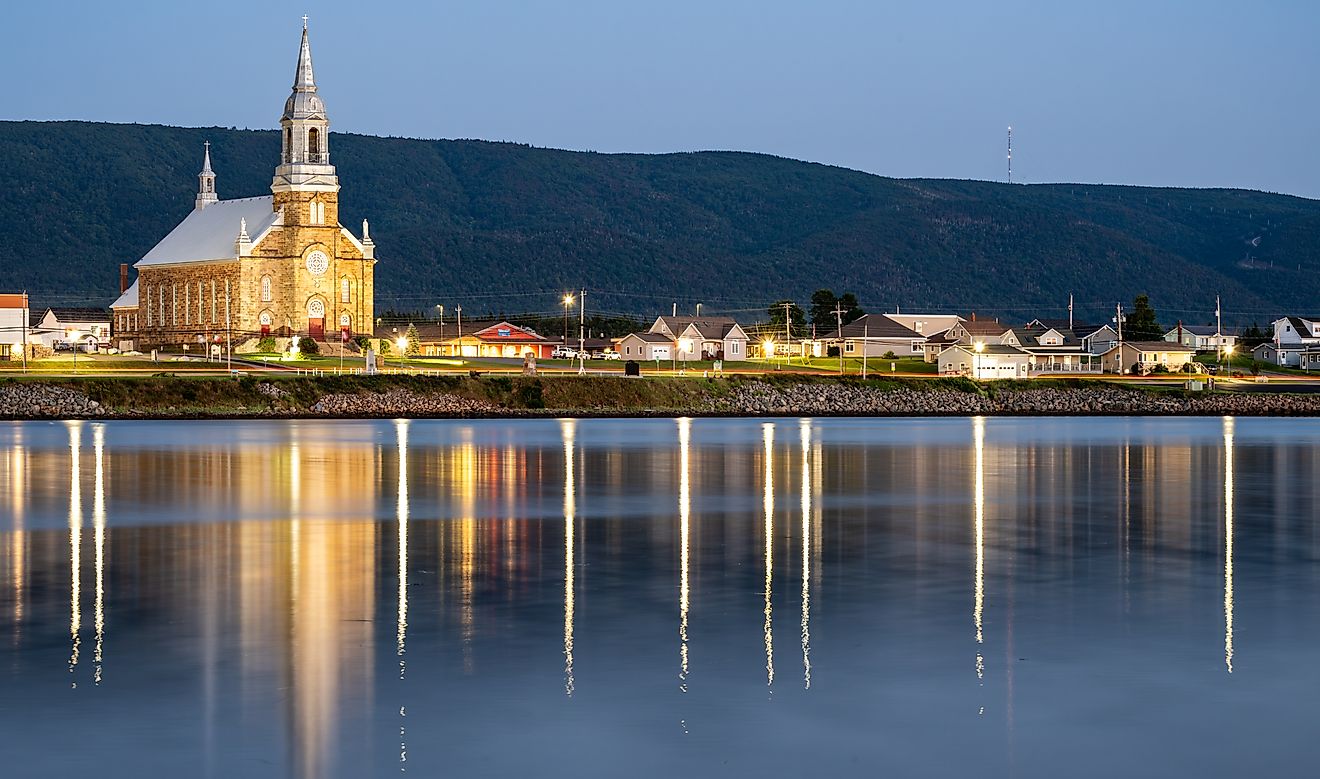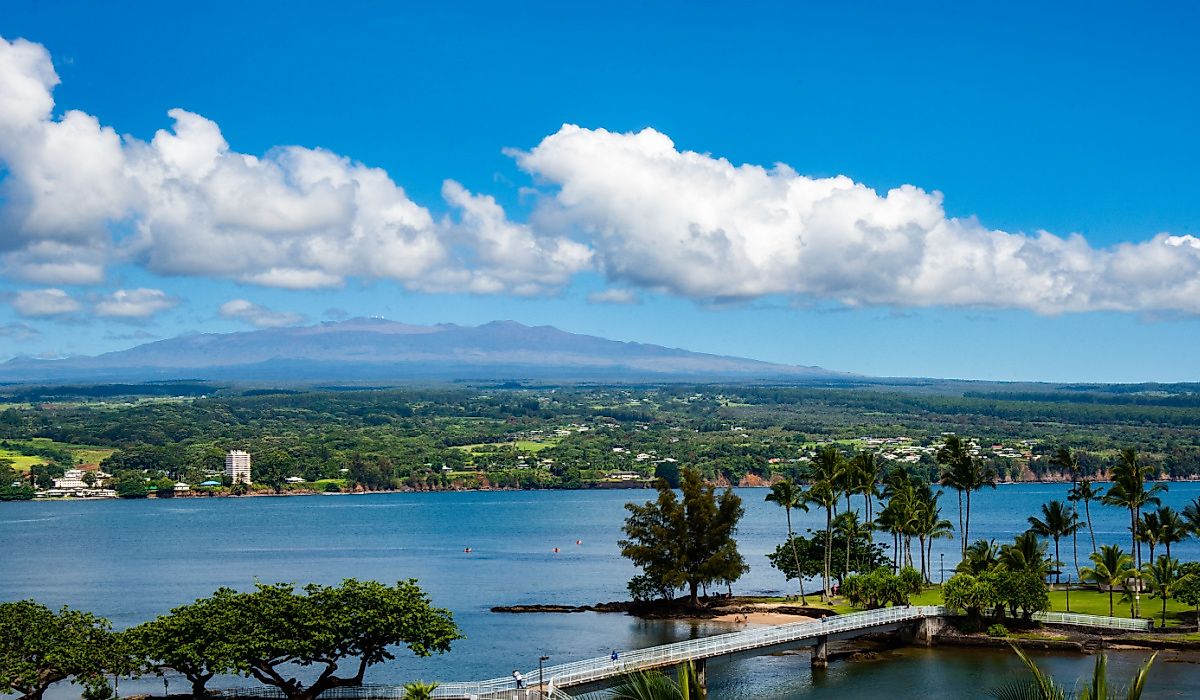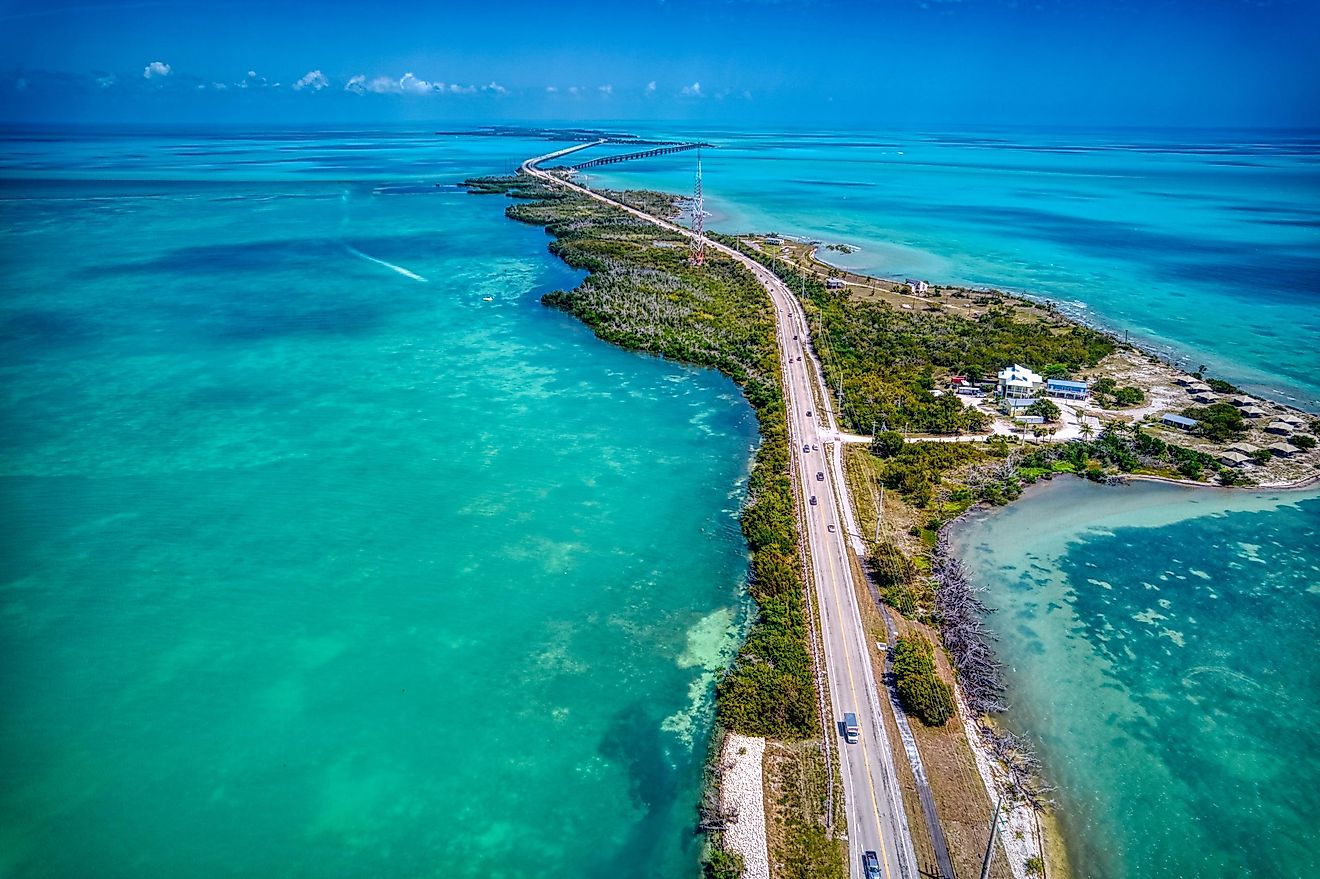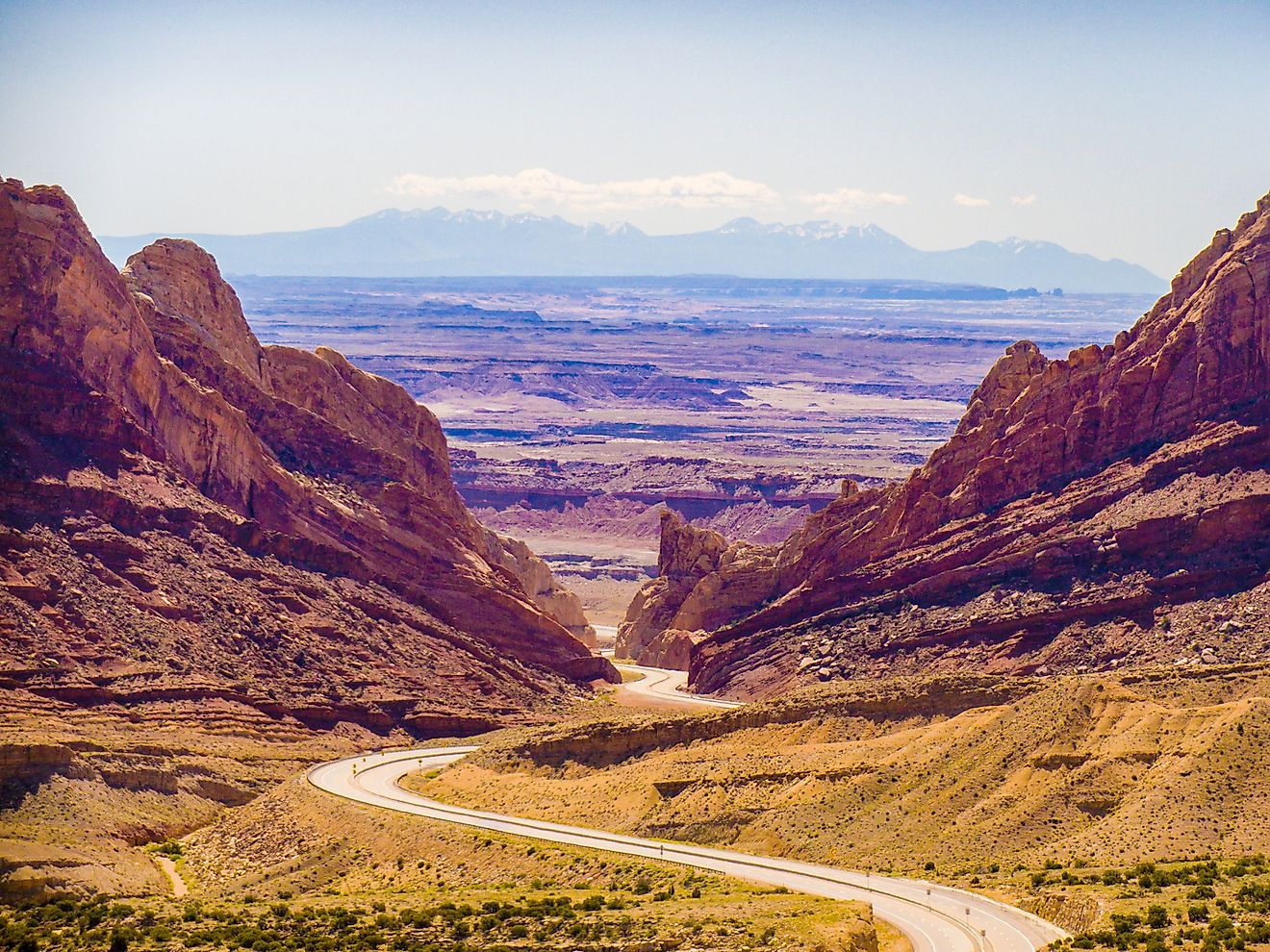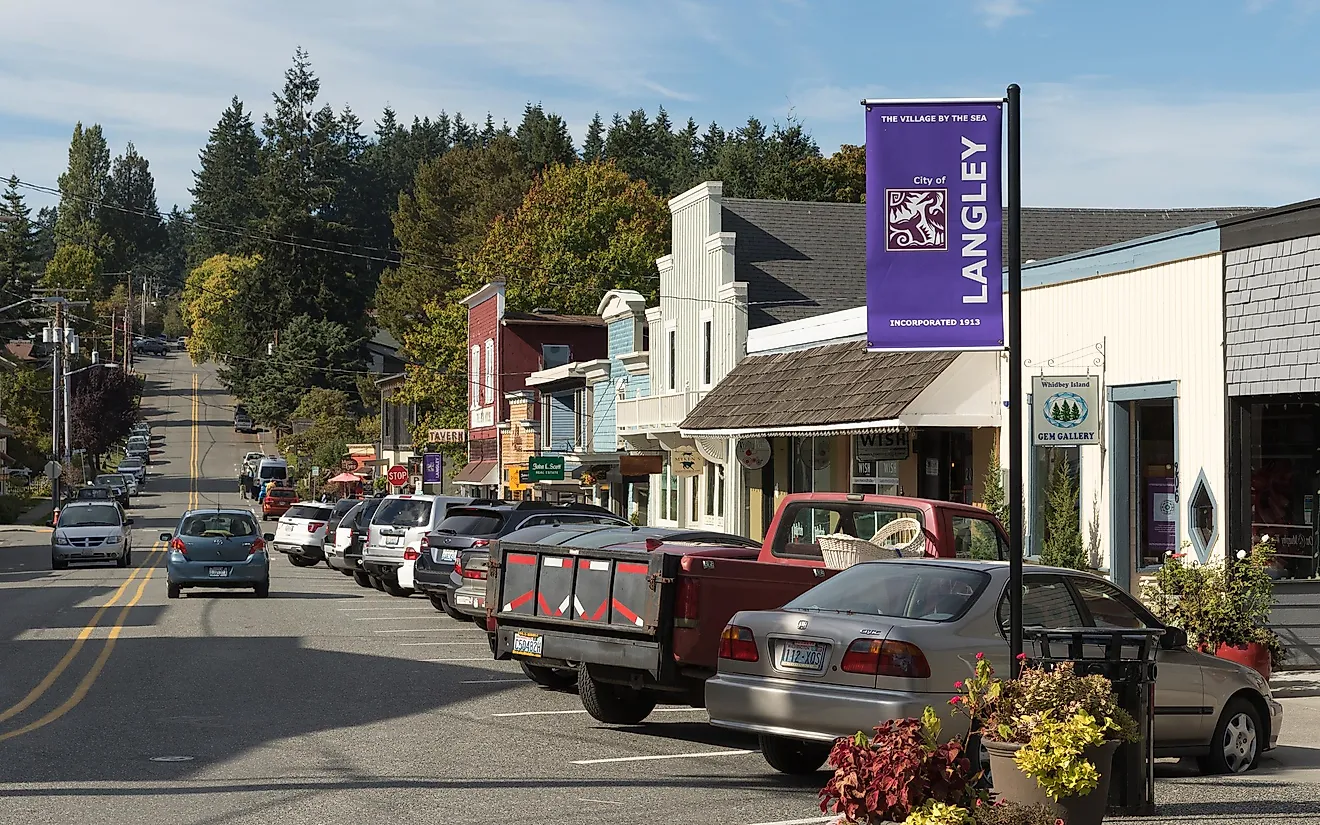Where Is Amelia Island?
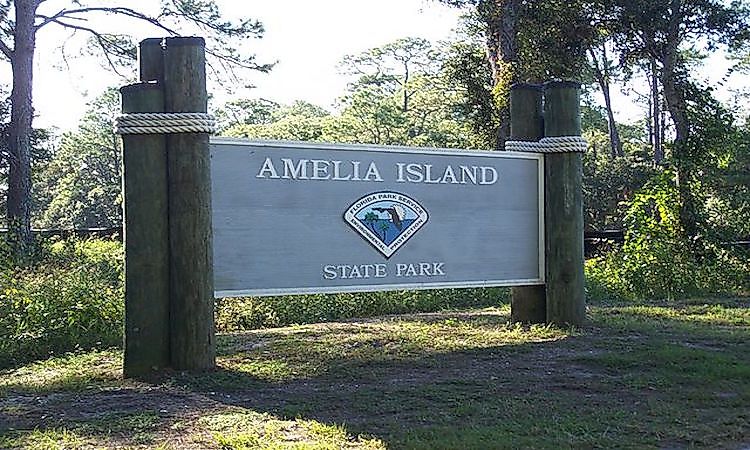
5. Where Is Amelia Island? -
Amelia Island is part of the Sea Islands located off the Atlantic coast in the southeastern region of the US. Positioned at the southernmost tip of the chain of islands, Amelia Island is considered to be within Florida's borders. The island stretches 13 miles long and 4 miles wide. It was named after Princess Amelia, daughter of King George II.
4. History Of Amelia Island -
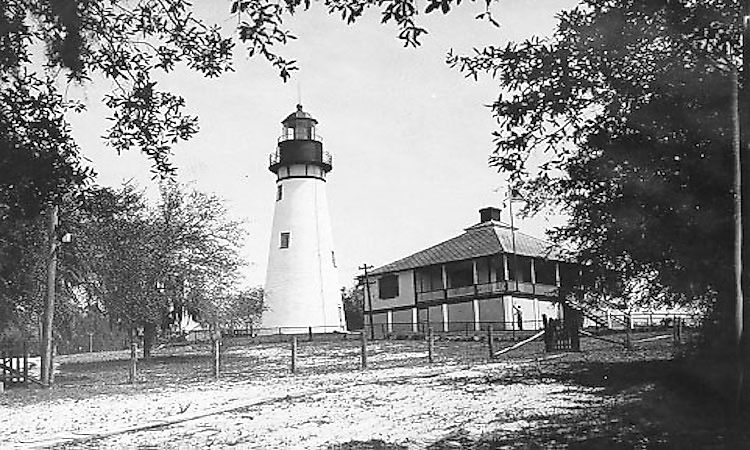
First inhabited by Native Americans around the year 1000 AD, the Amelia Island did not receive its first European visitor until 1562. The Spanish influence arrived by way of Franciscans who established a mission here in 1573. Nearly a century later, in an attempt to eliminate Catholic missionaries, British forces removed Native Americans from missions located on nearby Sea Islands. They were relocated to Amelia Island until another British-Native American raid in 1702 closed the missions there as well. The British colony of Georgia's governor had a fort constructed on the northwestern shore of the island and successfully obtained ownership from the Spanish. Small British settlements and a large indigo estate. The two colonial powers continued their struggle for control of the island until the Second Treaty of Paris of 1783 when the land was returned to the Spanish. The island continued to be the source of conflict for many years with both Americans and French attempting to gain control. This lasted until 1821 when Florida and Amelia Island were officially ceded to the US.
3. People And Their Cultures -
The original inhabitants of the Amelia Island belonged to the Timucua indigenous group. Although they shared the same language, different tribes had distinct cultural practices. They typically lived in settlements of about 30 houses and practiced agriculture and hunting. Their population was severely damaged by European diseases, war, and incorporation into Spanish missionaries. They have been extinct since the beginning of the 19th century.
Today, the major city on the island is Fernandina, population 11,487. The ethnic makeup of the city is as follows: White (83.4%), African American (11.7%), Asian (1.1%), and Native American (.4%). Hispanics and Latinos, belonging to any race, make up 5.3% of the population. Tourism is a major source of employment for the residents here.
2. Habitat And Biodiversity -
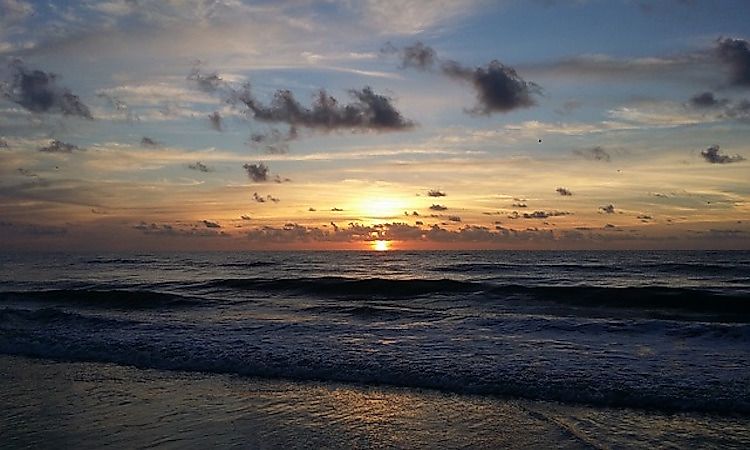
Amelia Island hosts a unique ecosystem known as a maritime forest. This type of forest is found along ocean coastlines within the reach of sea spray. The conditions of maritime forests make them difficult for plant growth. However, some plants can survive the high winds and sandy soils. These plants include: southern sugar maple trees, white ash trees, live oaks, and swamp dogwood trees. Animal life on the island is also diverse, particularly in coastal species. The coastal region here provides nesting grounds for sea turtles including loggerhead, green, and leatherback. In addition, the threatened Piping Plover bird species spends its winters on the island.
1. Things To See And Do At The Amelia Island -
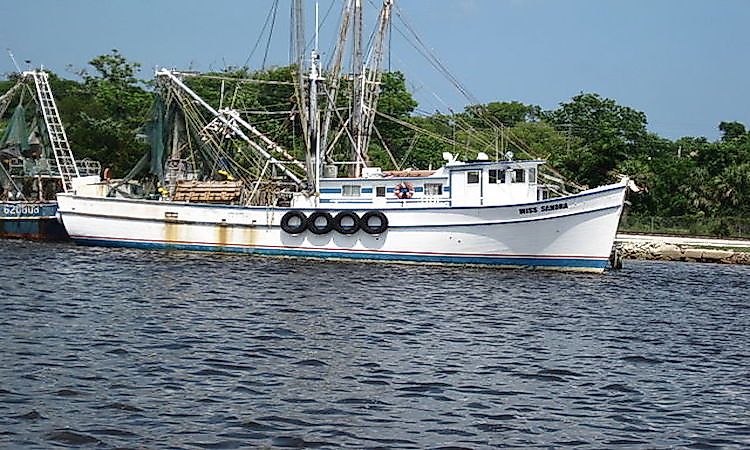
The Amelia Island is covered by a large number of protected parks and reserves making this an ideal destination for outdoor enthusiasts. Amelia Island offers many eco-tourism activities with a focus on conserving its natural environments. Some of the many things tourists can do include kayaking, renting a bicycle, relaxing on the beaches, birdwatching, hiking, and hunting for shark teeth. History buffs will also enjoy visiting some of the historic sites on the island including old plantations, Native American ruins, a lighthouse, and an old military fort.






